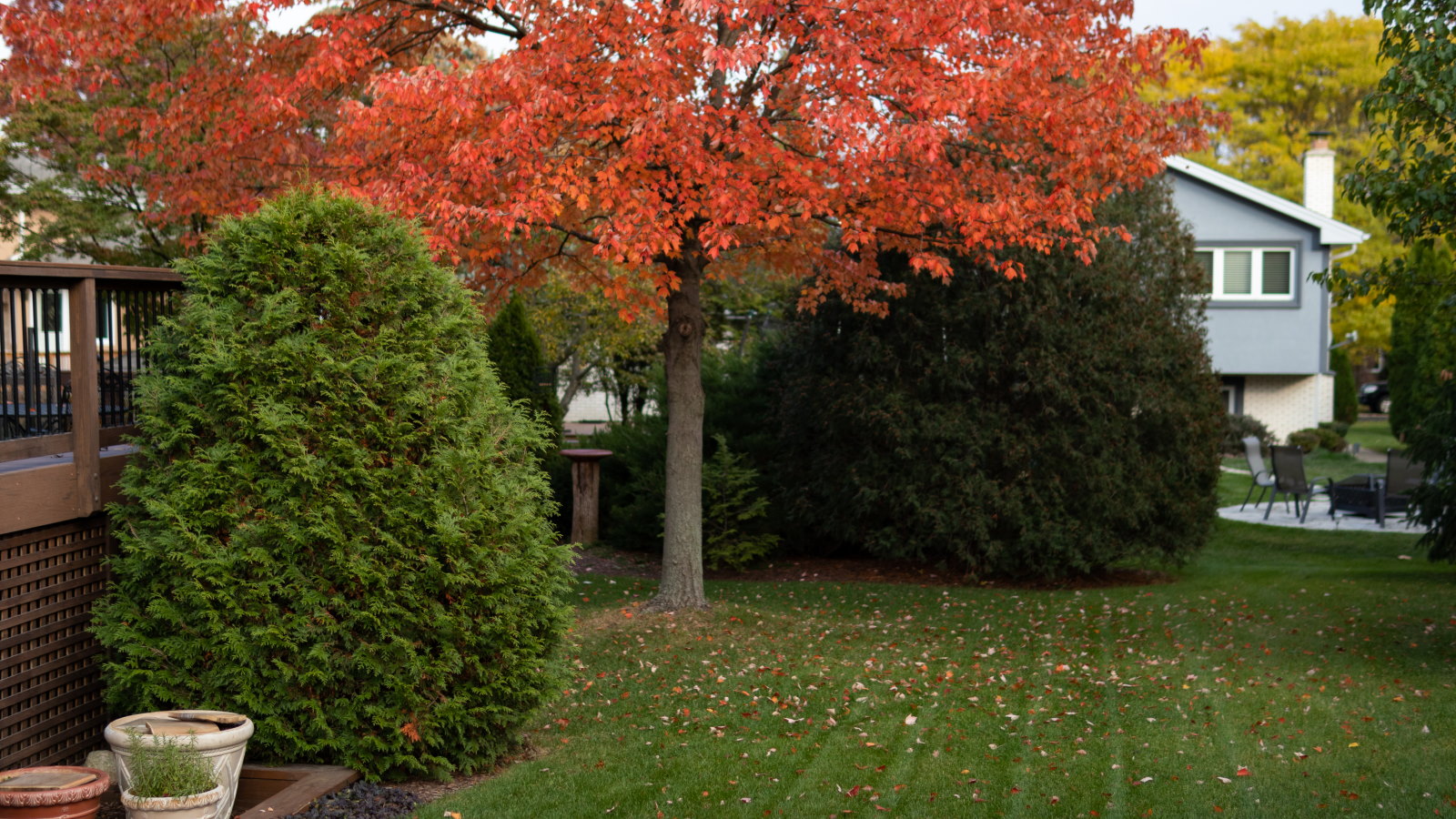
Maintaining a beautiful lawn is a task that can stretch well into fall. Depending on your location and the climate, there could still be a window to plant grass seed and overseed a lawn in late fall. But is November a good time to plant grass seed?
Whether November is too late for grass seed will primarily depend on location. The cooler temperatures in November will make sowing grass seed challenging, but those with milder falls can take advantage of their climate to germinate grass seed.
If you are in a warmer climate and trying to decide when to sow grass seed, I get tips from lawn experts to improve your chances of success. They also reveal one potential solution for homeowners in colder climates that can improve the look of a lawn next year.
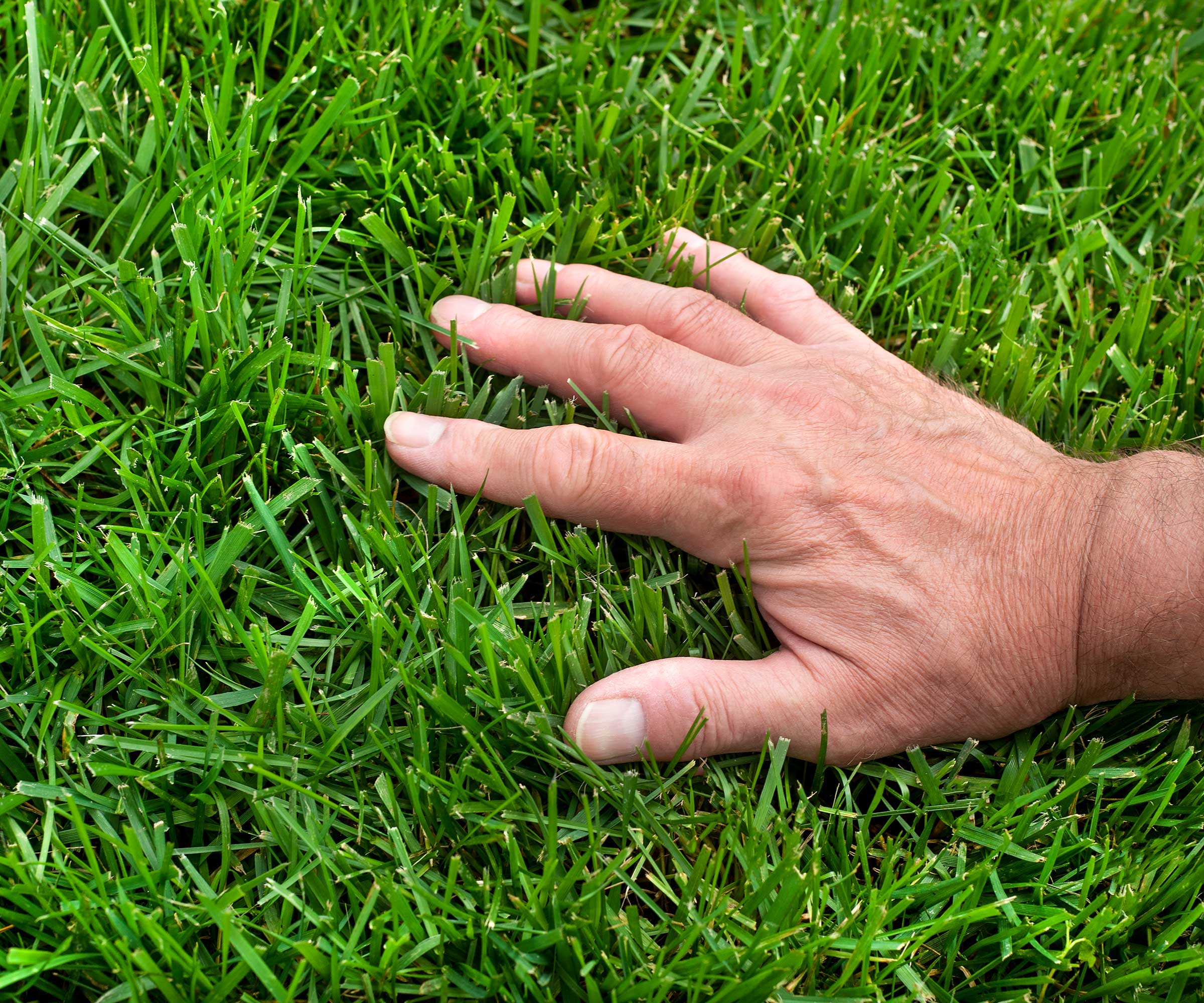
Can you plant grass seed in November?
November is often considered too late to plant grass seed, as the typical season ends in October. In colder, northern US hardiness zones there is not sufficient time for the grass to put down roots before winter frosts set in. However, is November too late for grass seed in warmer climates? And how late can you plant grass seed in southern US hardiness zones?
Nasim Niwar, owner of Nasim Landscape, a commercial landscaping company in Puyallup, Washington, admits it is ‘a bit of a gamble’ to plant grass seed in November in cooler zones, but adds: ‘If you’re in a milder area where the ground holds onto its warmth a little longer, you might just have a shot at getting those seeds to take root before winter really sets in.’
To help improve your chances of the seeds germinating and putting down roots in time, picking the right grasses and sowing at the ideal time are hugely important.
Pick cool-season grasses
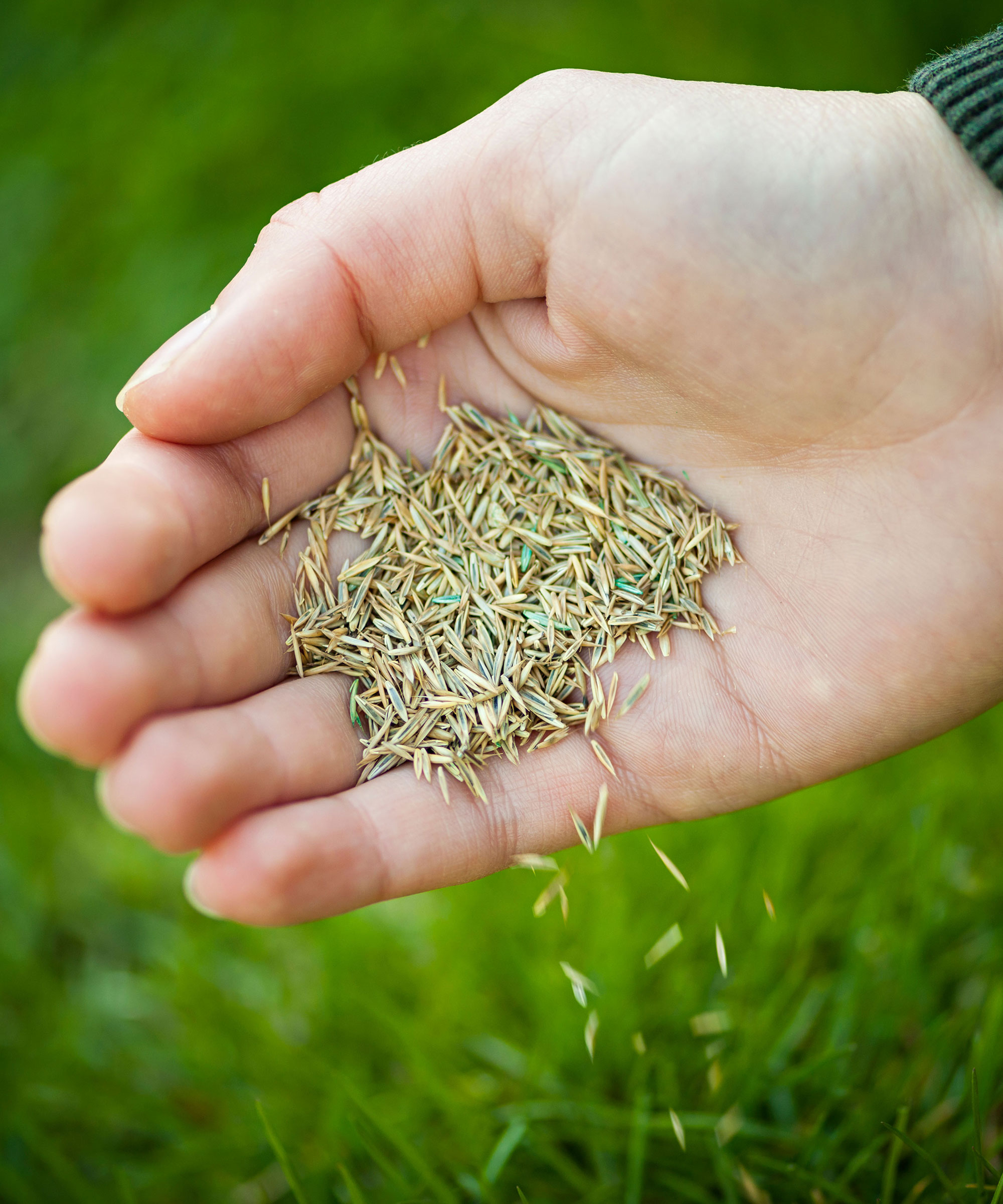
The key to any success with planting grass seeds in November will be to pick fast-growing grass seeds of cool-season grasses. Hardy cool-season grass types including Kentucky bluegrass, ryegrass, and fescues are better suited to late fall sowings.
‘Opting for hardy, resilient seed blends is vital,’ says Steve Schumacher, owner-operator of Boston Landscape Co. ‘For instance, I've used perennial ryegrass in late-season projects due to its fast germination rate, giving it a head start in cooler settings.’
Cool-season grasses are more suited to growing at lower temperatures, the roots can develop at temperatures down to 50°F but any growth will slow when the thermometer drops further. Grass seeds can grow after a frost if they have developed roots, however, any freshly germinated seedlings that haven’t put down roots may struggle.
Scott McLeod, the owner of McLeod Landscaping, admits that November ‘is pushing the limits’ of grass germinating, but adds that the right type of grass with sufficient temperatures can work. He says: ‘Opting for hardy cool-season grasses like Kentucky bluegrass can work if the weather remains mild for a few weeks post-sowing.’
A grass seed mix to use in the fall which is designed for full sun and light shade and establishes quickly to help your lawn recover from summer stress. Use this lawn care product in the fall to overseed an existing lawn
Keep an eye on the weather
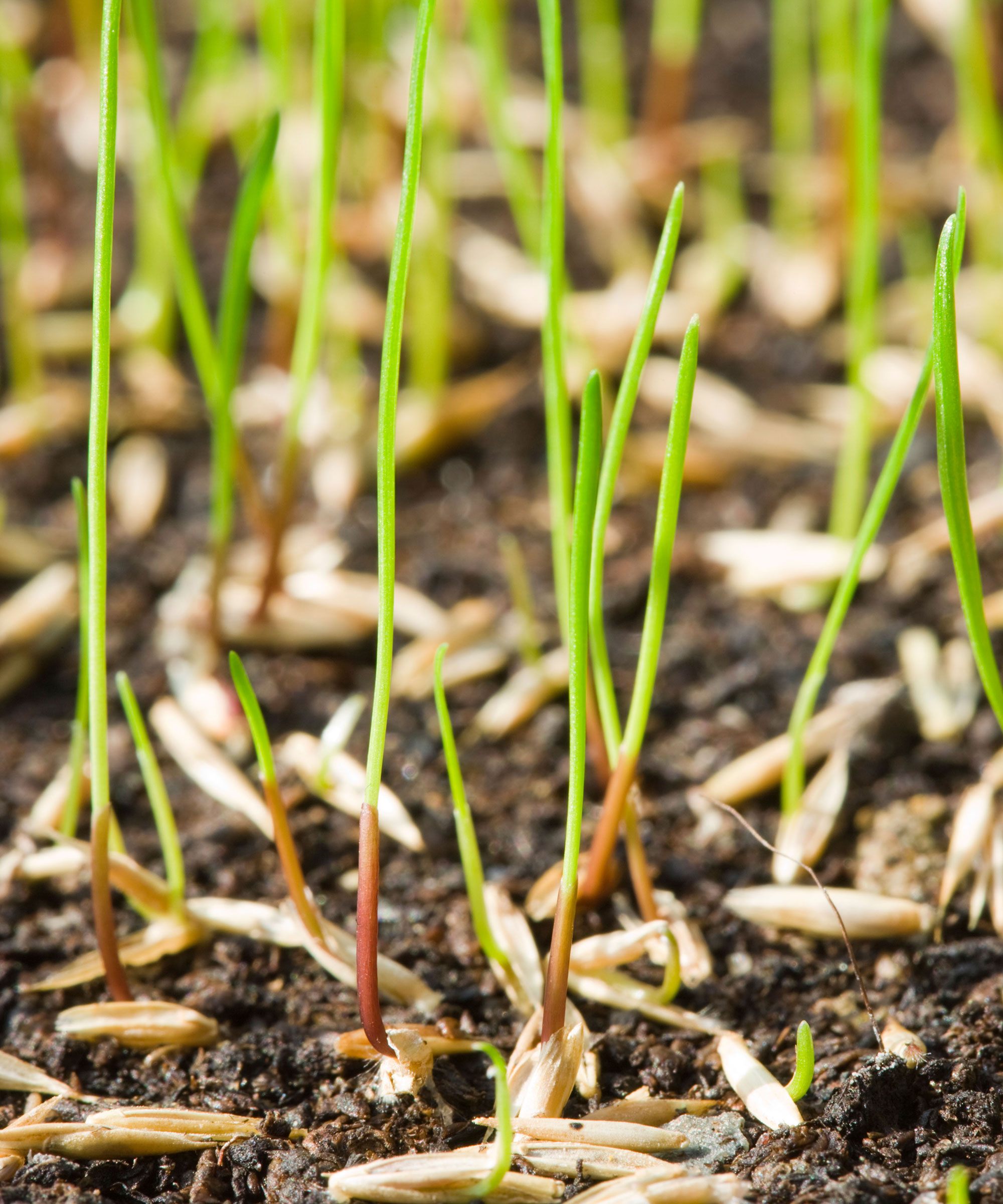
Whether boldly starting one completely or simply overseeding a lawn to repair bare patches in November, picking the right conditions can make the difference between success and failure. Watch for a good stretch of mild weather that will help germination, as sowing when a frost is incoming would be a lawn care mistake that results in grass seed not germinating as envisioned.
‘Timing is critical, so monitor the weather closely and aim for a few days of milder temperatures, which can significantly impact germination success,’ advises Steve Schumacher. ‘In one of our projects, we successfully increased germination by 30% by seeding just ahead of a warm spell.’
The daytime temperatures should be at least in the 50s and night-time temperatures remaining above freezing. Also avoid planting grass seeds if wet weather is on the way, as heavy rains can disturb or dispel the seed from their intended location and the grass seed may not enjoy sitting in sodden and cold soil.
Nasim Niwar recommends targeting any spots on your lawn better suited to late fall sowings if your mission is overseeding bare patches to make a lawn green and thick next spring. He claims: ‘Go for the sunny, well-drained spots in your lawn—they’ll hold onto warmth longer than the shaded areas, giving your seeds a better shot at sprouting.’
Consider dormant seeding
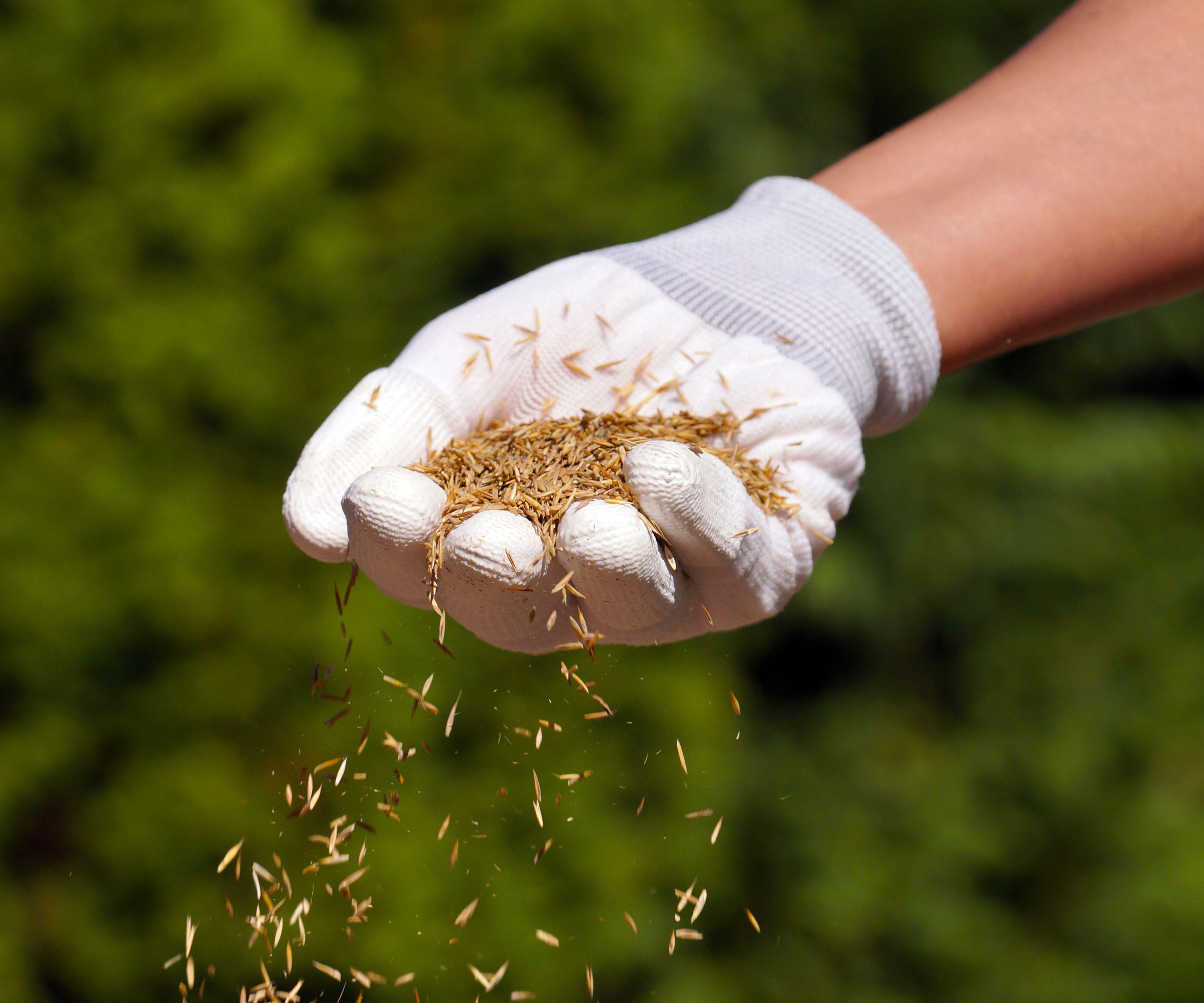
If the conditions are not ideal for planting and germinating grass seed in November, many experts recommend considering dormant seeding. This is a process where grass seed is sowed in the late fall and will remain dormant during winter to then start to grow in early spring. Josh Payne, the owner of Classic Landscapes in Alberta, claims ‘it’s often more strategic to plan for dormant seeding’ if the conditions are not going to be ideal for germination in fall.
‘Seeding later in fall as temperatures start to cool off can be a good way to ensure your lawn looks fuller and healthier next spring,’ adds Ryan Farley, CEO of LawnStarter. ‘If you're going this route, I'd wait until temperatures are staying consistently below 50 degrees or so during the day. This means any seed you plant will stay dormant, but will grow roots, and then sprout the following spring.’
Avoid sowing the seeds too soon, as mild weather will cause the grass seed to germinate - leaving the seedlings at risk when the winter frosts arrive. The ground does not want to be frozen, but cold enough for the seed not to germinate until the temperatures increase again in spring.
FAQs
What is the lowest temperature grass seed will germinate at?
Grass seeds can germinate at temperatures down to 50°F, but struggle once temperatures get lower. Covering newly planted grass seeds with covers or sheeting can help keep the ground temperatures slightly warmer and speed up germination.
Can you lay grass in November?
Depending on your location and the weather, November can be a good month to lay turf. However, it is not advisable to lay turf on frozen ground or during periods of heavy rain, which can be common in some areas during November.
If you opt to wait and overseed when the temperatures rise again next year, do so when the soil temperature reaches at least 50-55°F as this is required to sow cool-season grasses. To properly judge when to overseed a lawn in spring, using a soil thermometer will give you an accurate reading of the warmth of the soil.
It is advisable to act quickly once the temperatures are spot on, as if it is warm enough for grass seeds to germinate it is also warm enough for weed seeds to sprout. Aerating the lawn ahead of overseeding in spring will help the new grass to put down roots.







